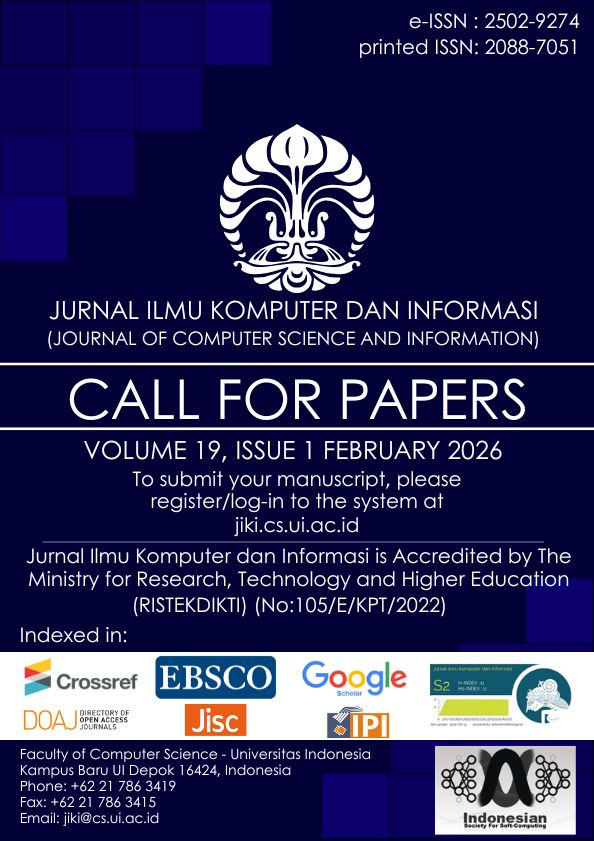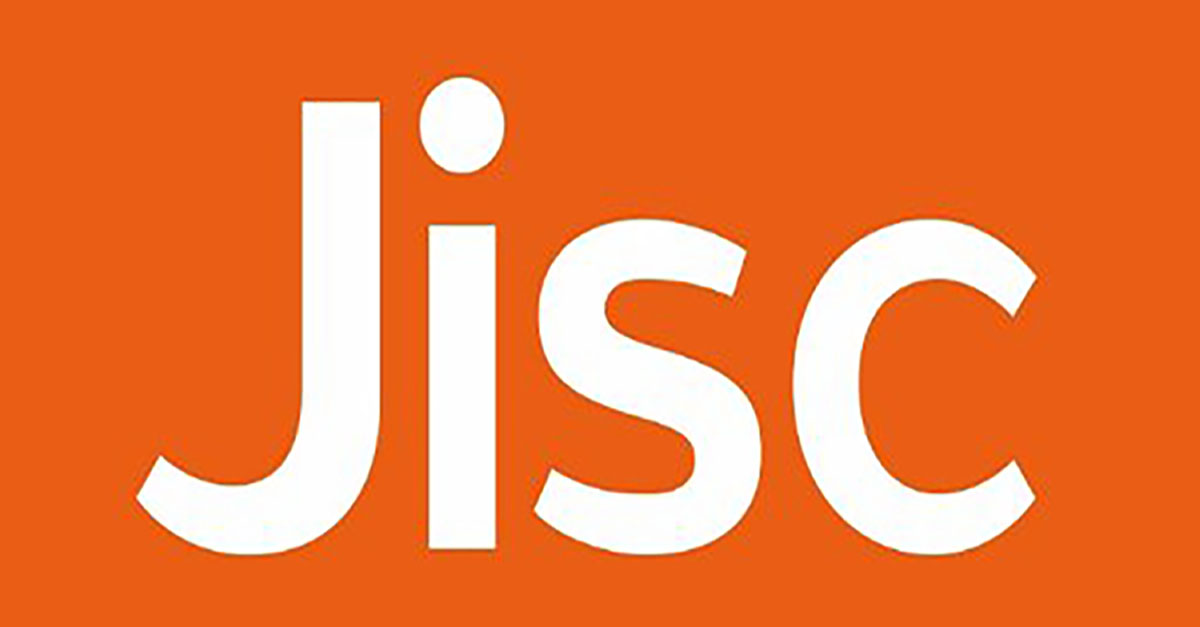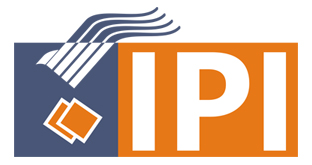Attention-based Residual Long Short-Term Memory for Earthquake Return Period Prediction in the Sulawesi Region
DOI:
https://doi.org/10.21609/jiki.v18i2.1506Abstract
Indonesia, particularly the Sulawesi region, experiences significant seismic activity due to its position at the convergence of three major tectonic plates. This study seeks to construct a model for predicting earthquake return periods in the Sulawesi area by employing the Residual Long Short-Term Memory (Residual LSTM) architecture integrated with an attention mechanism. The dataset utilized originates from the United States Geological Survey (USGS), focusing on the Sulawesi Island region within the coordinates of latitude -6.184° to 2.021° and longitude 118.433° to 125.552°, spanning the years 1975 to 2024. The research methodology is structured into three primary phases: (1) data collection and preprocessing, including data cleaning, missing value handling, and normalization, (2) exploratory data analysis to understand seismic data characteristics, and (3) development of the Residual LSTM model with an attention mechanism. The evaluation results show excellent model performance with Train Loss 0.0090, Test Loss 0.0091, Training MAE 0.0698, Testing MAE 0.0717, Training RMSE 0.0947, Testing RMSE 0.0951, and stable Huber Loss of 0.0045 for both training and testing data. The implementation of residual connections successfully addressed the vanishing gradient problem, while the attention mechanism enhanced prediction interpretability. The small discrepancy between the training and testing metrics confirms the model's robust generalization ability, indicating its strong potential for applications in predicting earthquake return periods.
Downloads
Published
How to Cite
Issue
Section
License
Authors who publish with this journal agree to the following terms:
- Authors retain copyright and grant the journal right of first publication with the work simultaneously licensed under a Creative Commons Attribution License that allows others to share the work with an acknowledgement of the work's authorship and initial publication in this journal.
- Authors are able to enter into separate, additional contractual arrangements for the non-exclusive distribution of the journal's published version of the work (e.g., post it to an institutional repository or publish it in a book), with an acknowledgement of its initial publication in this journal.
- Authors are permitted and encouraged to post their work online (e.g., in institutional repositories or on their website) prior to and during the submission process, as it can lead to productive exchanges, as well as earlier and greater citation of published work (See The Effect of Open Access).










